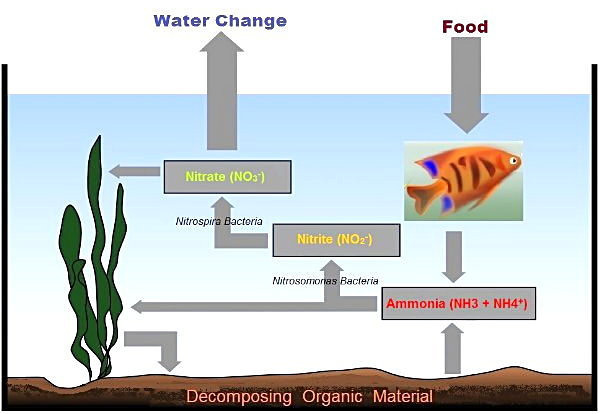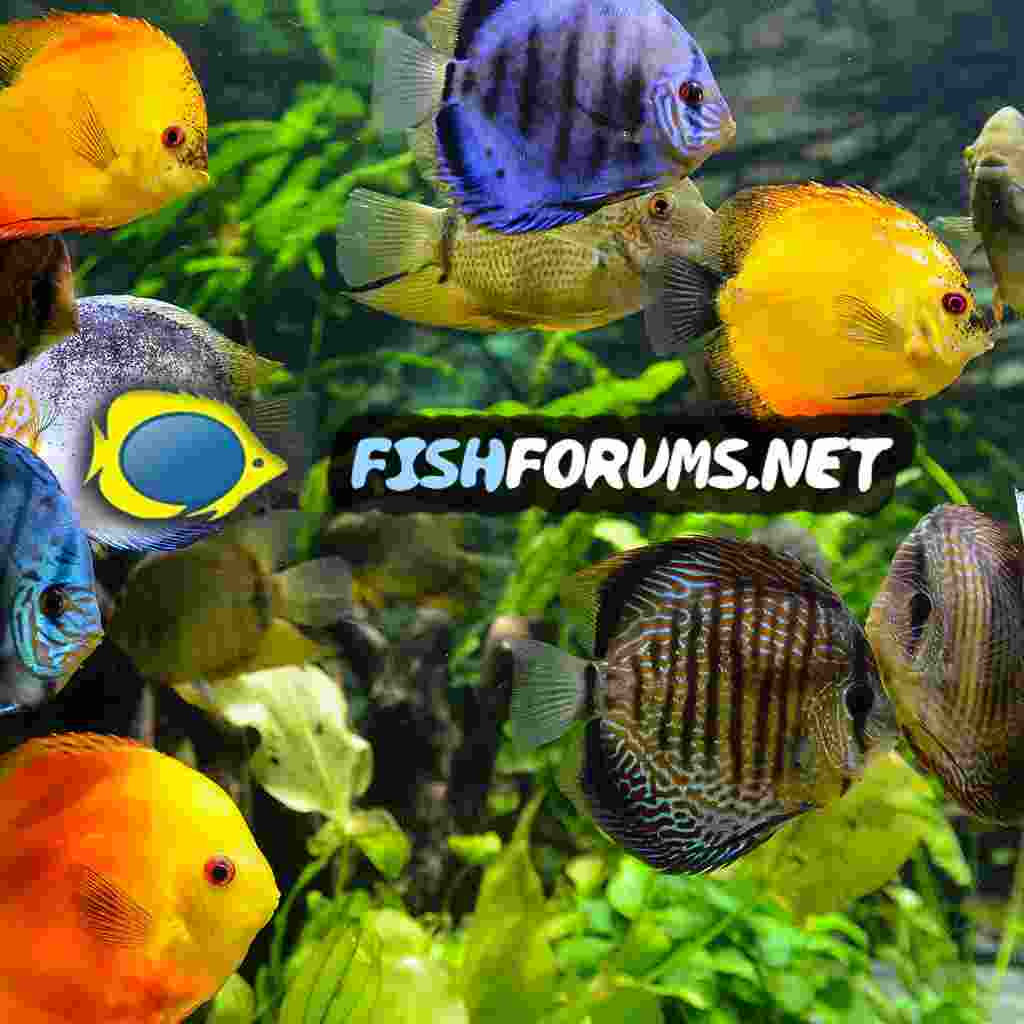Hello
I am new to fishkeeping and want to make sure I set up my aquarium properly before adding any fish. I’ve heard about the nitrogen cycle and how important it is but I’m a bit confused about how to cycle a tank without fish. What’s the best method for adding ammonia to kickstart the process & how do I know when the tank is fully cycled?
I’ve also read that using bottled bacteria can speed things up; but some people say they aren’t always reliable. Are there specific brands that work well / is it better to let the cycle develop naturally? I want to avoid common mistakes; like adding fish too early or not testing the water correctly. What should I be monitoring during the cycle & how often should I be testing for ammonia, nitrites, and nitrates?
Lastly, I’m wondering if there are any safe ways to speed up the process without harming future fish. Can adding live plants or using filter media from an established tank help? If anyone has experience with fishless cycling, I’d love to hear about what worked best for you and any pitfalls I should avoid. Thanks in advance for any advice!
If anyone has experience with fishless cycling, I’d love to hear about what worked best for you and any pitfalls I should avoid. Thanks in advance for any advice!
Thank you !!
I am new to fishkeeping and want to make sure I set up my aquarium properly before adding any fish. I’ve heard about the nitrogen cycle and how important it is but I’m a bit confused about how to cycle a tank without fish. What’s the best method for adding ammonia to kickstart the process & how do I know when the tank is fully cycled?
I’ve also read that using bottled bacteria can speed things up; but some people say they aren’t always reliable. Are there specific brands that work well / is it better to let the cycle develop naturally? I want to avoid common mistakes; like adding fish too early or not testing the water correctly. What should I be monitoring during the cycle & how often should I be testing for ammonia, nitrites, and nitrates?
Lastly, I’m wondering if there are any safe ways to speed up the process without harming future fish. Can adding live plants or using filter media from an established tank help?
Thank you !!



